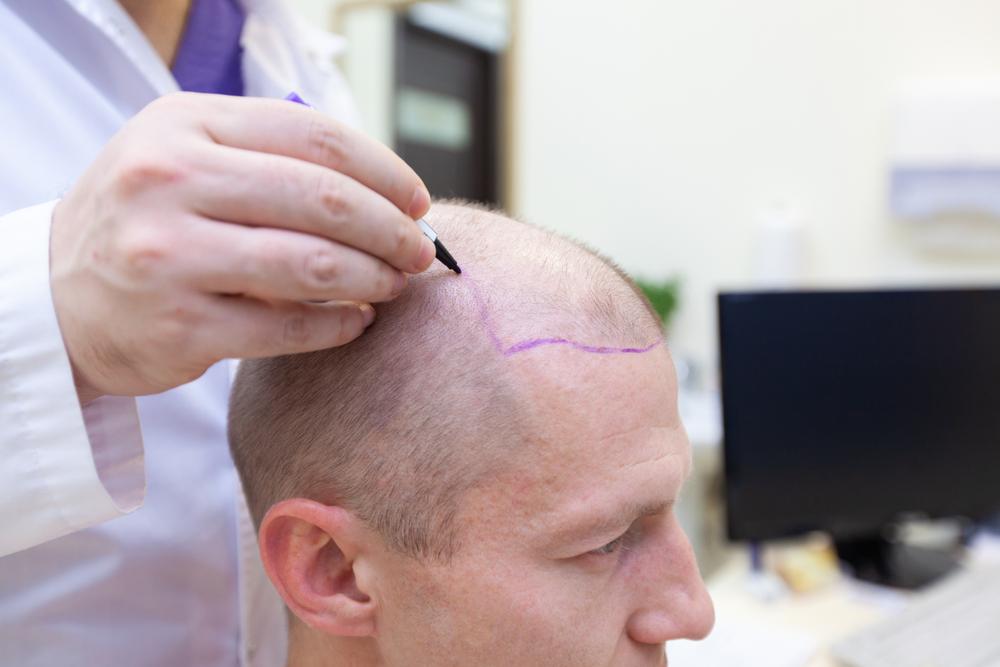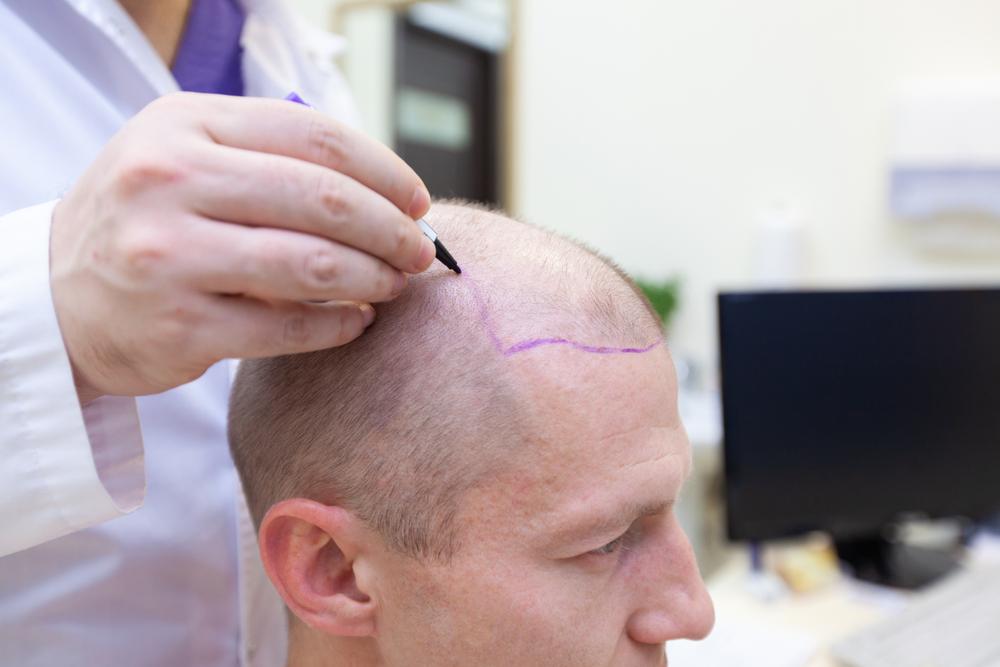Things to consider before having a Hair Transplant
Key Considerations Before and After a Hair Transplant Procedure
Hair is a defining aspect of personal appearance, often intertwined with self-esteem and confidence. For many, hair loss can have psychological effects, impacting their self-image and daily interactions. Hair transplantation offers a chance to restore lost hair, and by extension, to regain confidence and self-assurance. However, this delicate procedure requires careful planning and adherence to pre- and post-operative guidelines to ensure the best results.
Things to Consider Before Undergoing a Hair Transplant
Genetic Factors in Hair Loss
- Hair loss often has a genetic component. Observing the hair patterns of older relatives, especially those aged 50 to 60, can offer insights into your own hair loss trajectory. If you notice similarities, you may need to prepare for additional transplants in the future to maintain consistent coverage and avoid patchy bald spots.
Recovery Time and Patience
- Hair transplant recovery is generally quick and discreet. You can typically resume daily activities within 7 to 14 days, but you must adhere to specific care instructions, such as avoiding alcohol for 48 hours and refraining from smoking during the initial recovery period.
- The final results require patience; new hair growth becomes visible around the third month, with full results often apparent 8 to 9 months post-procedure.
Pain and Safety Considerations
- Hair transplants are safe and relatively pain-free, particularly when performed by experienced specialists utilizing the latest surgical advancements. Local anesthesia is typically used, ensuring minimal discomfort.
Procedure Duration
- On average, a hair transplant session lasts 4 to 5 hours, although this can vary depending on the clinic and the extent of the transplant.
Age Considerations
- There is no strict age limit for hair transplantation, as long as the patient is in good health and has a sufficient donor area with quality hair. While the procedure is open to individuals aged 18 to 80, most surgeons recommend men undergo the procedure between ages 30 and 40, as hair loss patterns are more predictable by this time. Hair loss tends to be less stable in younger individuals under 30.
Success Rates and Permanence
- In cases of androgenic alopecia, the survival rate of transplanted grafts is over 95%, indicating a high success rate. Even in cases of cicatricial alopecia, where success may vary, patients often see noticeable improvement. The expertise of the medical team plays a crucial role in achieving optimal outcomes.
Natural-Looking Results
- A successful hair transplant aims to restore hair with maximum density and a natural aesthetic. Highly skilled surgeons meticulously design each procedure to blend seamlessly with the patient’s existing hair, ensuring a natural look. Patients can review clinical cases and results to gain confidence in the expected outcome.








